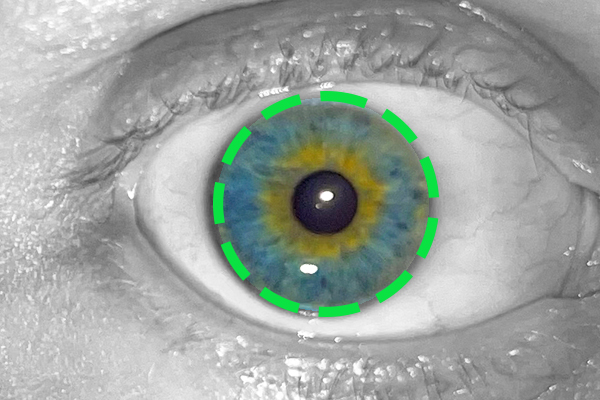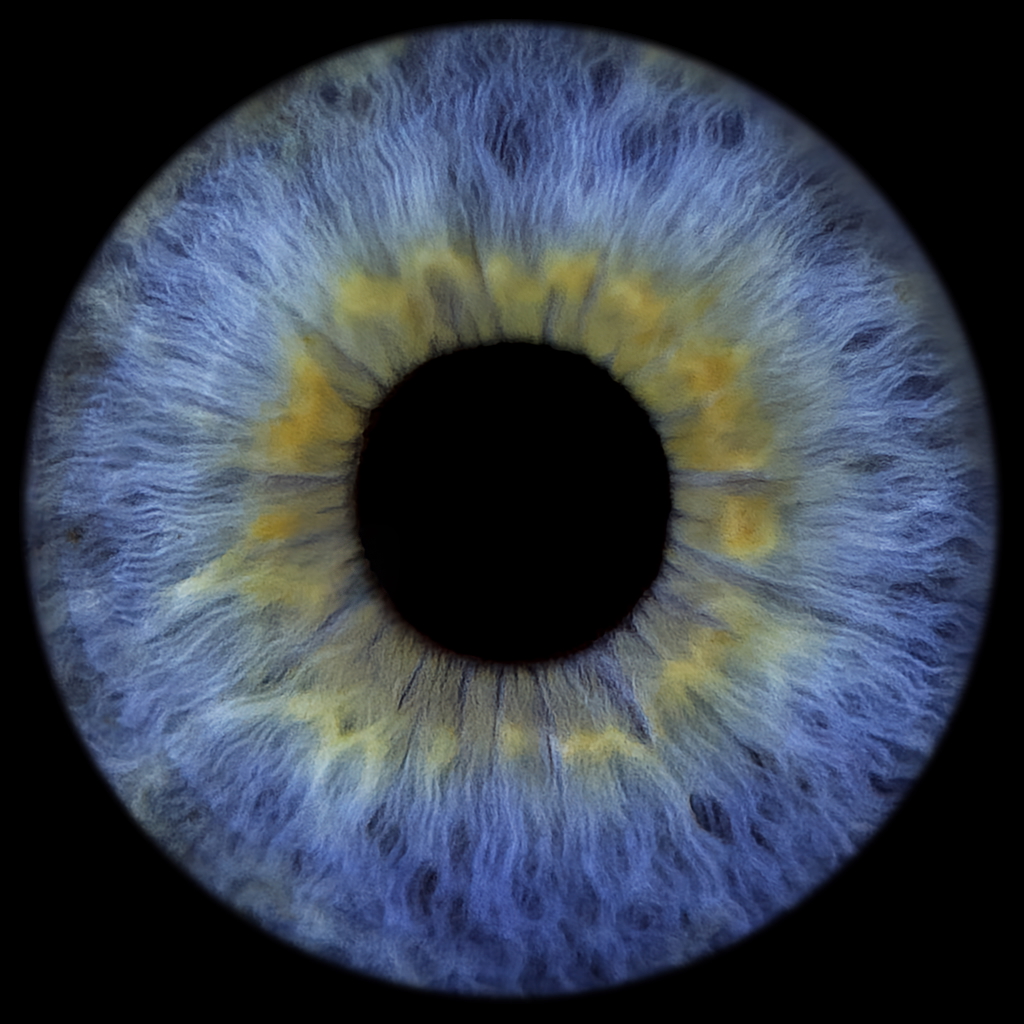What is Iridology? A Complete Guide to Iris Analysis
Iridology is the practice of analyzing patterns, colors, and structures in the iris of the eye to gain insights into a person's health and wellness. This alternative health approach, also known as iris analysis or iris diagnosis, is based on the belief that different areas of the iris correspond to different organs and body systems.

High-resolution iris photography is essential for accurate iridology analysis
Understanding Iridology: The Basics
Iridology, derived from the Greek words "iris" (rainbow) and "logos" (study), is a diagnostic technique that examines the iris—the colored part of the eye—to assess health conditions. Practitioners, known as iridologists, use specialized equipment to photograph and analyze the intricate patterns within the iris. Learn more about iridology on Wikipedia.
Key Principles of Iridology
- Each area of the iris corresponds to specific organs and body systems
- Changes in iris patterns may indicate health imbalances
- Both eyes provide different information about body systems
- Iris analysis is used as a complementary health assessment tool
The History and Origins of Iridology
The roots of iridology can be traced back to ancient civilizations, but modern iridology began in the 19th century with Hungarian physician Dr. Ignatz von Peczely. According to legend, von Peczely noticed changes in an owl's iris after the bird broke its leg, sparking his interest in the connection between iris patterns and health.
The practice gained significant momentum in the 20th century through the work of American chiropractor Dr. Bernard Jensen, who developed detailed iris charts and established many of the principles used in modern iridology.
Learn more: For comprehensive information about iridology's development and scientific perspectives, visit the National Center for Biotechnology Information research database.
Timeline of Iridology
How Does Iridology Work?
Iridology is based on the concept that the iris contains a complete map of the body. Practitioners use detailed iris charts that divide the iris into zones, each corresponding to different organs, glands, and body systems.

Enhanced iris image showing clear patterns for analysis
Visual Analysis
Practitioners examine iris patterns, colors, and markings using magnification tools and specialized lighting.
Zone Mapping
Different areas of the iris are mapped to specific organs and body systems according to established charts.
Pattern Interpretation
Practitioners interpret variations in iris patterns to identify potential health imbalances or constitutional weaknesses.
Benefits and Applications of Iridology
Holistic Health Assessment
Provides insights into overall health patterns and constitutional strengths and weaknesses.
Preventive Care
May help identify potential health issues before symptoms appear, supporting preventive health strategies.
Complementary Practice
Works alongside conventional medicine to provide a more comprehensive health picture.
Modern Technology in Iridology Practice
How Eye.Photo Enhances Iridology Practice
Traditional Challenges
- Poor image quality affects analysis accuracy
- Light reflections obscure iris details
- Manual editing is time-consuming
- Inconsistent image quality between sessions
Eye.Photo Solutions
- AI-powered image enhancement for crystal clarity
- Automatic reflection removal technology
- 30-second processing vs hours of manual work
- Consistent, professional-quality results
Professional Iridology Practice
Certified Iridologists
Holistic Practitioners
Wellness Centers
Getting Started with Iridology
For Health Practitioners
Education & Training
- Complete certified iridology courses
- Study iris anatomy and mapping systems
- Practice with experienced practitioners
Equipment & Technology
- High-quality iris photography equipment
- Professional image enhancement software
- Client management and documentation systems
Frequently Asked Questions About Iridology
Is iridology scientifically proven?
While iridology has been practiced for over a century, it's considered an alternative health practice. Some studies have shown correlations between iris patterns and health conditions, but more research is needed for definitive scientific validation. Many practitioners use it as a complementary tool alongside conventional medicine. For scientific perspectives, see research published in PubMed.
Can iridology diagnose diseases?
Iridology practitioners typically don't claim to diagnose specific diseases. Instead, they identify patterns that may indicate constitutional weaknesses, toxic accumulations, or areas of the body that may need attention. It's used as an assessment tool rather than a diagnostic method.
How accurate is iris photography for iridology?
The accuracy of iridology analysis heavily depends on image quality. High-resolution, properly lit iris photographs are essential for detailed analysis. Modern AI-enhanced photography, like Eye.Photo's technology, significantly improves image clarity and detail visibility, supporting more accurate assessments.
What can I expect during an iridology session?
During a typical iridology session, the practitioner will photograph your irises using specialized equipment, then analyze the images to identify patterns, markings, and color variations. The session usually includes a consultation where the practitioner explains their findings and may provide wellness recommendations based on their analysis.
How much does iridology cost?
Iridology session costs vary depending on the practitioner's experience, location, and the comprehensiveness of the analysis. Sessions typically range from $75 to $200. Some practitioners offer package deals for multiple sessions or combine iridology with other holistic health services.
Conclusion
Iridology offers a unique perspective on health assessment through the detailed analysis of iris patterns. While it remains an alternative health practice, many practitioners and clients find value in its holistic approach to understanding health patterns and constitutional tendencies.
As technology advances, tools like Eye.Photo's AI-powered iris enhancement are making it easier for practitioners to capture and analyze high-quality iris images, potentially improving the accuracy and consistency of iridology assessments. Whether you're a health practitioner looking to expand your services or someone curious about alternative health approaches, understanding iridology can provide valuable insights into this fascinating field.
Enhance Your Iridology Practice
Discover how Eye.Photo's AI technology can improve your iris photography and analysis capabilities.
